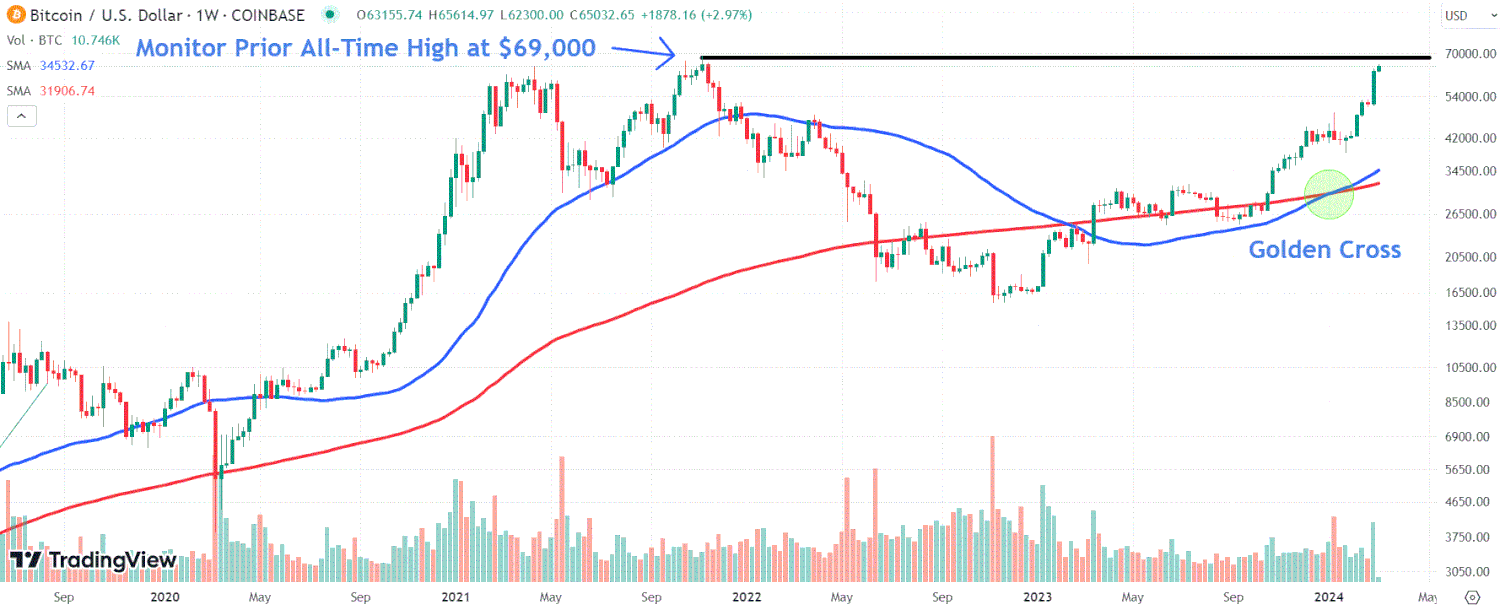Is Bitcoin Still a Good Investment During Middle East War in 2025?

Bitcoin's reaction to the Middle East conflict in 2025 is a prime exmple of its dual character: it is volatile when geopolitical shocks occur, but it is also becoming more resilient due to strong institutional support. A more stable, mature picture is painted by underlying institutional interest and inflows into spot Bitcoin ETFs, even though headline-driven declines fueled panic. Making use of tools like Bitget Wallet for cryptocurrency investors ensures that you are ready to monitor situations and respond appropriately when under a lot of stress.
Key Takeaways
- When Israel-Iran tensions erupted, Bitcoin's roughly 6-7 percent decline was indicative of its risk-asset status during geopolitical shocks.
- More than $1.7 billion poured into U.S. spot Bitcoin ETFs in early June, with eight days in a row of net inflows (roughly $388 million on June 18), demonstrating institutional conviction.
- Conflict-induced volatility notwithstanding, institutional bitcoin purchases and ETF assets (~$130B+) show that Bitcoin remains a dependable asset in wartime.
How Did Bitcoin React to the Middle East War in 2025?
Political Triggers Behind the Bitcoin Price Drop
The market responded quickly to renewed Israel-Iran hostilities in mid-June, which were characterized by Israeli strikes on Iranian military installations. In just a few days, Bitcoin dropped from roughly $111K to roughly $103K, while oil rose by roughly 14%. The panic shook cryptocurrency markets, causing drops in Ethereum and altcoins.
Panic over disruptions at the Strait of Hormuz, a crucial global oil artery, triggered widespread risk-off sentiment. Despite not collapsing like stocks, Bitcoin demonstrated that it was susceptible to major geopolitical threats.

Source From Decrypt
Market Crash or Temporary Shock?
Market data reveals some sharp figures:
A ~$6.5K move, or a ~6% decline in Bitcoin from recent highs.
- The value of the global cryptocurrency market dropped by $800 million, and liquidations totaled more than $400 million.
- However, as ETF inflows stabilized the market, Bitcoin found support between $104K and $105K.
This pattern, which consists of an initial decline followed by a recovery, is similar to previous "risk-off" events (e.g., 2020 COVID crash, 2022 Ukraine conflict). During global shocks, crypto-wide resets frequently result in rapid recoveries as investors reorganize.
Is Institutional Bitcoin Buying Accelerating Due to Global Tensions?
ETF Inflows Support Bitcoin’s Price Stability
Despite declines brought on by conflict, institutional trust in Bitcoin has remained strong. More than $11.2 billion entered U.S. spot Bitcoin ETFs between June 2 and June 18.
Just on June 18:
- For the eighth consecutive day, $388 million was invested in spot Bitcoin ETFs, with BlackRock IBIT ($279 million) and Fidelity FBTC ($104 million) leading the way. Grayscale's GBTC saw outflows, while other ETFs (Bitwise BITB, ARK, VanEck, etc.) also saw flows.
- June's ETF momentum was even more robust, with net inflows surpassing $939 million and roughly $1.7 billion over the first trading week.
- The AUM of the U.S. spot Bitcoin ETF has increased to approximately $130–132 billion, reducing sharp declines and acting as a structural liquidity cushion.

Source from Investopedia
Is Bitcoin Becoming the New Gold for Institutions?
Advisors now frequently suggest 10–40% portfolio exposure to Bitcoin as part of diversification and inflation hedging, indicating a shift in institutional strategies.
Key comparisons:
| Feature | Bitcoin | Gold |
| Inflation hedge | Capped supply, digital demand | Historical store of value |
| Mobility | Instantly global & digital | Physical, storage-heavy |
| Institutional backing | $130 B+ ETF AUM, sovereign reserves (e.g. US strategic reserve) | Central bank gold reserves |
| Volatility | High—especially in war scenarios | Lower, more stable |
Bitcoin’s ongoing institutional interest suggests it may be evolving into a digital counterpart to gold—“digital gold”—for portfolios seeking both innovation and refuge.
Has the Market Already Priced in the Full‑Scale War?
BTC’s Rebound on Diplomatic Optimism
Positive diplomatic signals, such as the de-escalation between the United States and Russia and the dialogue between Tehran and Israel, helped Bitcoin bounce back to around $106,000 to $107,000 after the initial shock.
This recovery suggests that the initial fear was already disregarded. Dip buyers, particularly institutions, confidently intervened when conflict fears subsided even a little.
What Threats Still Loom?
Even with the recovery, there are still a number of negative risks:
A wider escalation or potential military action by the United States in Iran. Disruptions to the energy supply or oil embargoes. A hawkish Fed stance in the face of high inflation may cause investors to shift away from riskier assets. If global scale increases, institutions may reduce exposure, which could lead to additional 10–20% BTC drawdowns based on past war-related behavior.
What Should Retail Crypto Investors Do in Times of Middle‑East War?
Risk Management Tips for Geopolitical Uncertainty
- Stay liquid: avoid overleveraging in times of geo‑uncertainty.
- Use protective orders: employ stop-loss and take-profit to manage emotion-free outcomes.
- Monitor real-time developments: sudden escalations demand swift action.
- Practice discipline: avoid chasing short-term highs or panic-selling dips—history shows markets often recover.
During a bitcoin safe haven war, strategic discipline can mean the difference between loss and opportunity.
How Bitget Wallet Helps You Trade Safely in War‑Time Volatility
The Bitget Wallet equips retail investors with tools tailored for crisis times:
- Multi-chain swaps: trade across 100+ networks without leaving the wallet.
- Real-time portfolio tracking & alerts: instant notifications for significant BTC swings.
- Self-custody, no KYC: you retain private control without exposing personal data.
- Secure and intuitive UX: ideal for quick responses during high-volatility periods.
Conclusion
In conclusion, the ongoing Bitcoin Middle East war episode demonstrates that, despite the fact that Bitcoin is still a highly volatile asset that can fall by 5% to 7% when news headlines take the market by surprise, institutional bitcoin purchases and significant inflows into bitcoin ETFs by 2025 are acting as a buffer. Despite the short-term uncertainty brought on by conflict escalation and changes in macroeconomic policy, long-term inflows, such as the most recent $388 million daily build, demonstrate growing investor confidence.
As a result, Bitcoin is developing into a strategic crisis hedge rather than just a speculative investment. Using a self-custodial, alert-driven solution such as Bitget Wallet for crypto investors provides a potent combination of control, visibility, and security for retail participants navigating this unstable envirưonment. With Bitget Wallet, you can track market shocks, secure your funds, and make informed trades — even during global uncertainty
FAQs
- Is bitcoin a good investment 2025 during war?
- Short-term volatility is inevitable, but sustained institutional inflows and sovereign strategy suggest strong long-term conviction.
- What is bitcoin price during war likely to do next?
- Expect initial 5–7% dips. Further downturns of up to 20% are possible if conflict escalates or macro conditions shift.
- Why is institutional bitcoin buying still strong during war?
- Institutions view Bitcoin as a digital asset hedge. U.S. ETFs continue inflows (e.g., $388 M on June 18), reinforcing confidence
- Institutions view Bitcoin as a digital asset hedge. U.S. ETFs continue inflows (e.g., $388 M on June 18), reinforcing confidence
Risk Disclosure
Please be aware that cryptocurrency trading involves high market risk. Bitget Wallet is not responsible for any trading losses incurred. Always perform your own research and trade responsibly.
- Banks Holding Bitcoin Japan - What the FSA’s New Rules Mean2025-10-28 | 5 mins
- Bitcoin Rally 2025: Why Investors Are Shifting from Gold to Crypto2025-10-28 | 5 mins


















